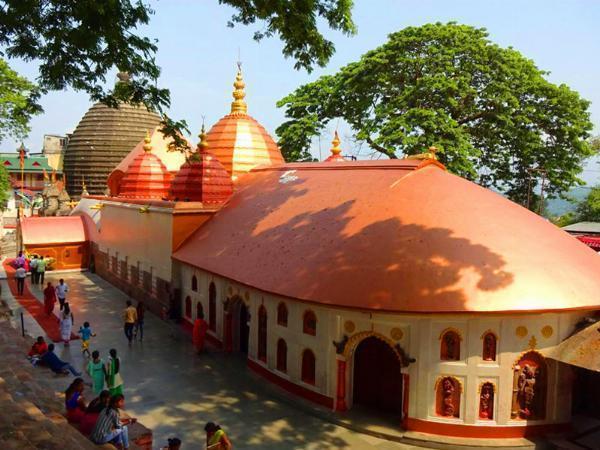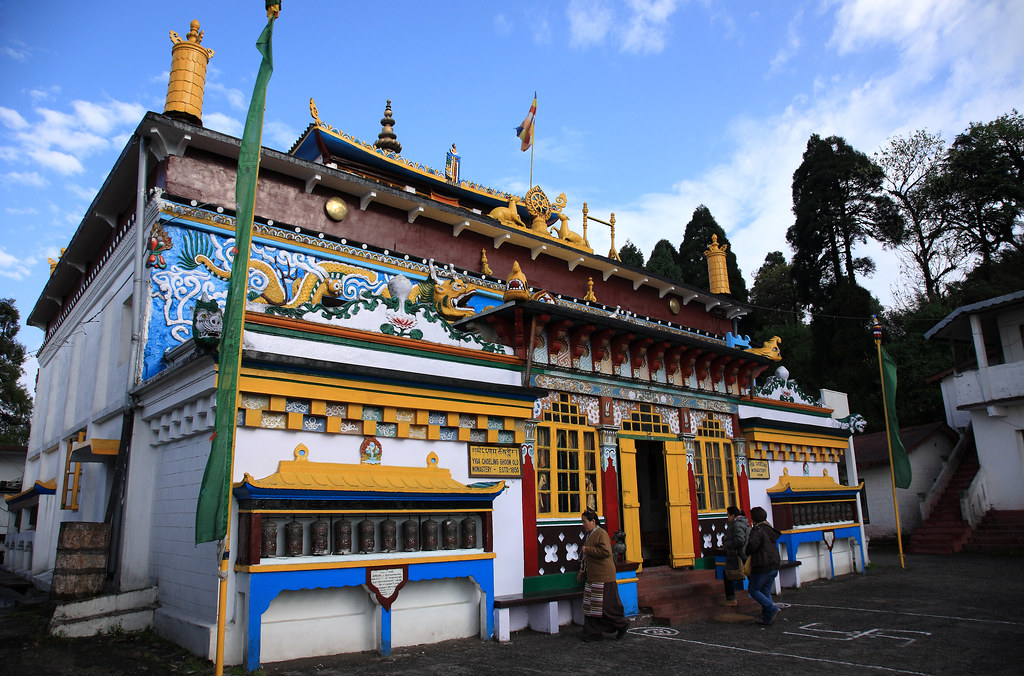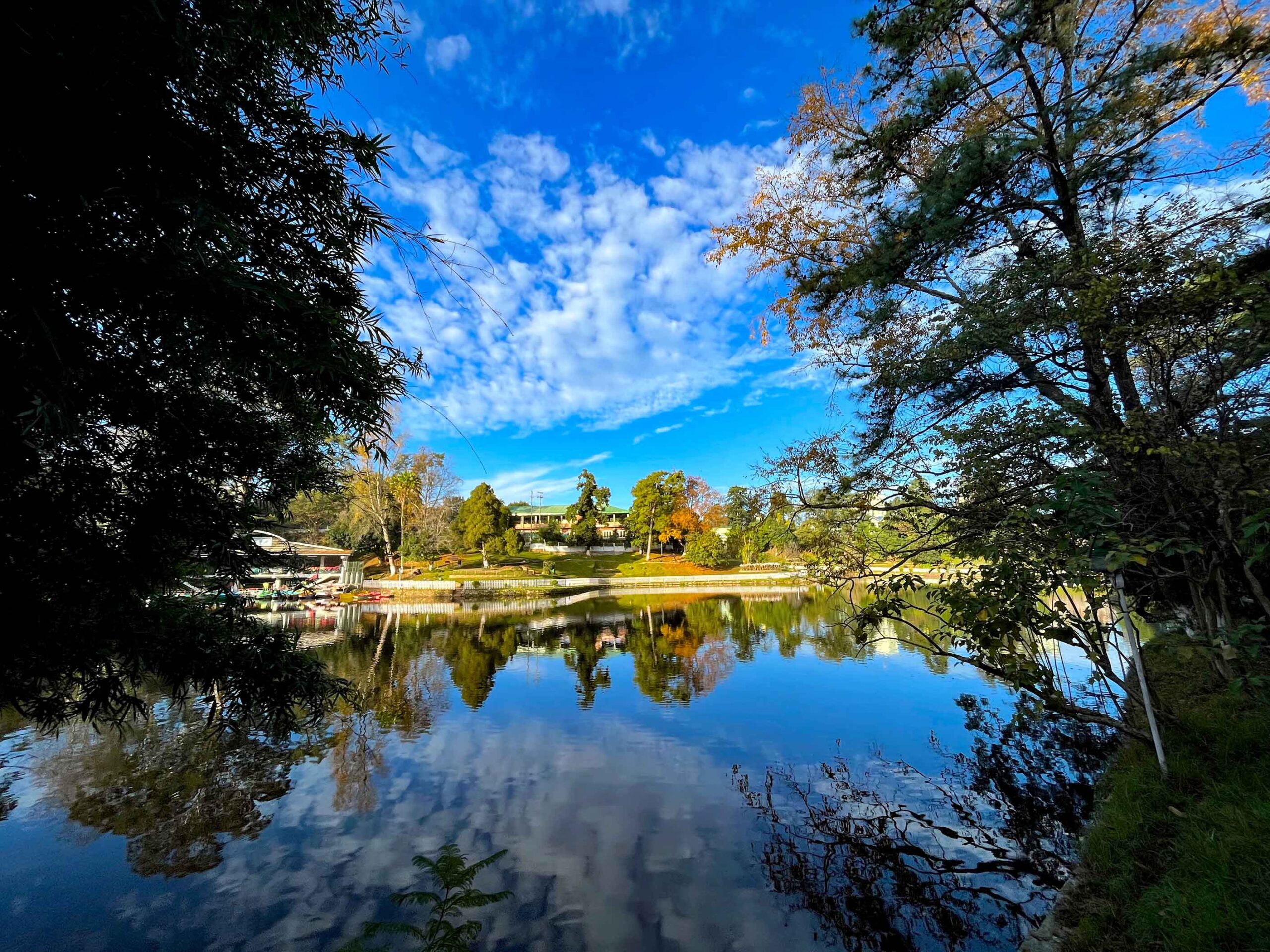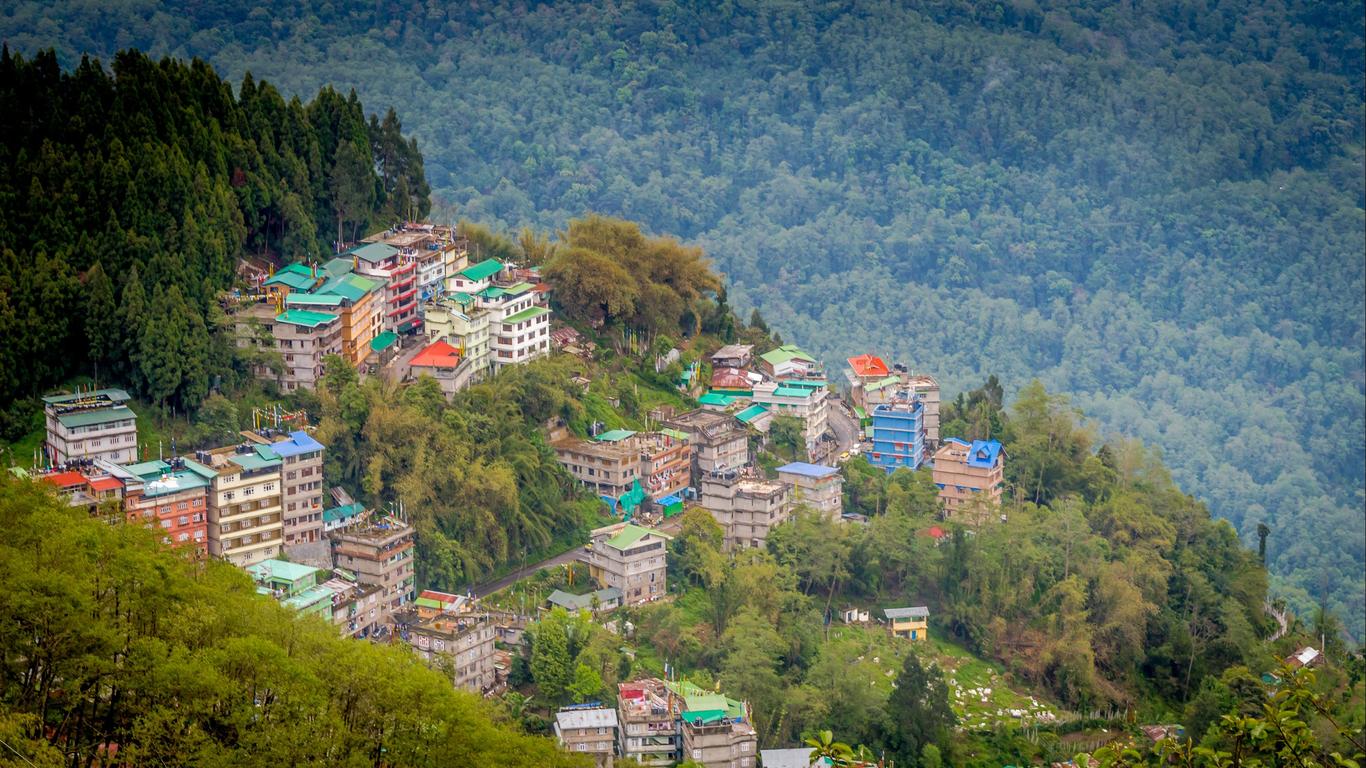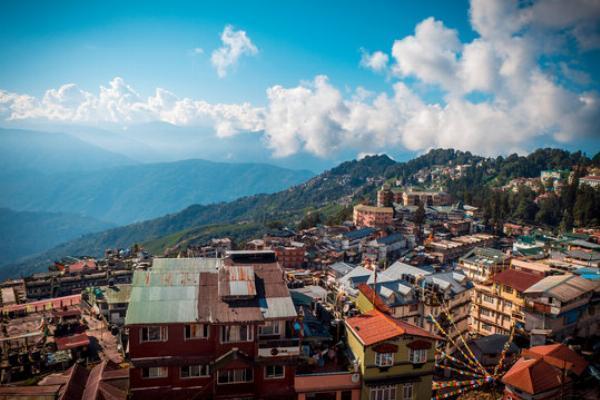Kamakhya Temple: A Divine Journey into India's Spiritual Heart
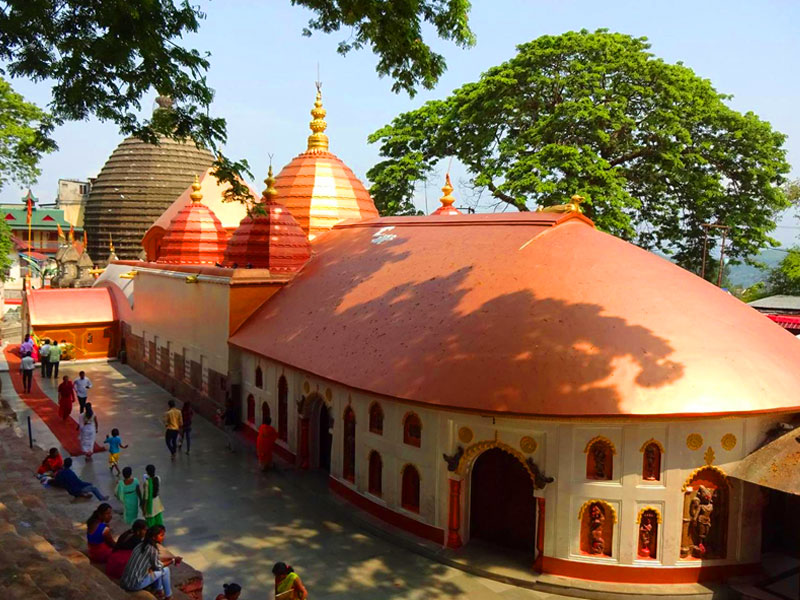
Kamakhya Temple is one of the most revered and ancient shrines in India. Dedicated to Goddess Kamakhya, this temple is not only a significant spiritual destination for Hindus but also a place of deep cultural and religious importance. Known for its unique rituals, mystical ambiance, and breathtaking views, the Kamakhya Temple holds a special place in the hearts of pilgrims and tourists alike. In this article, we will explore the history, significance, rituals, and unique aspects of the Kamakhya Temple in simple and easy language, making it easy for anyone to understand and appreciate the temple's grandeur.
History of Kamakhya Temple
The Kamakhya Temple has a rich history that dates back thousands of years. It is believed to have been built around the 8th century CE by King Madhab. However, the temple's origins are linked to the much earlier times of Tantric worship, which involves the worship of deities through various rituals and mantras. The temple is one of the 52 Shakti Peethas (sacred shrines) in India, which are believed to mark places where parts of the body of Goddess Sati fell, according to Hindu mythology.
The legend behind the creation of the Kamakhya Temple is tied to the mythological story of Sati. It is said that after Sati's self-immolation, Lord Shiva wandered in grief, carrying her body, which fell into various parts of India. The Kamakhya Temple is believed to have been built at the site where Sati’s womb and genitals are said to have fallen, symbolizing fertility, creation, and the power of the feminine.
The original structure of the temple was destroyed and rebuilt several times throughout history, especially during the 16th century under the reign of the Ahom Dynasty. The present structure, with its distinctive architecture, was completed during that period and has remained intact to this day.
Spiritual Significance of Kamakhya Temple
The Kamakhya Temple is primarily dedicated to Goddess Kamakhya, a form of Shakti, the supreme divine feminine power. The temple is especially significant because it is considered one of the holiest sites for Tantric worship. The worship of Goddess Kamakhya is unique because she is often associated with fertility, sexual power, and the cosmic energy that drives the creation of life.
Unlike many other Hindu temples where deities are represented as idols, the Kamakhya Temple houses a unique Yoni (female reproductive organ) carved into the stone, which symbolizes the goddess’s creative power. This makes the temple different from other temples dedicated to the same goddess, adding an aura of mystery and reverence to the site.
The temple attracts thousands of pilgrims each year, particularly those seeking blessings related to fertility, relationships, and spiritual well-being. It is especially popular among Tantric practitioners, as the temple is considered a center for Tantric rituals, where the divine feminine energy is worshipped through specific mantras, rituals, and ceremonies.
Unique Features and Architecture of Kamakhya Temple
The Kamakhya Temple stands out for its distinct architectural style, which combines Assamese, Vastu Shastra, and Indo-Aryan styles. The temple is built in the shape of a dome, known as the Shikhara style, which is characteristic of many North Indian temples. The roof is made of copper plates, and its beauty is enhanced by the intricate carvings on the temple walls, depicting various deities, mythological figures, and stories from Hindu scriptures.
One of the most fascinating aspects of the Kamakhya Temple is the sanctum sanctorum (the innermost chamber of the temple). Unlike other temples where idols of gods are kept, here there is no idol of Goddess Kamakhya. Instead, a natural stone Yoni is revered as the goddess herself. Pilgrims offer flowers, fruits, and other offerings to this stone, symbolizing their respect for the divine feminine.
Another unique feature of the Kamakhya Temple is the Ambubachi Mela, an annual festival that takes place during the monsoon season (usually in June). This festival is dedicated to the goddess and is celebrated with great fervor. It is believed that during this time, the goddess undergoes a ritual menstruation, and the temple is closed for three days to mark this period of purification and renewal. On the fourth day, the temple is reopened, and devotees celebrate the goddess's power and fertility.
Rituals and Worship at Kamakhya Temple
The Kamakhya Temple is not just a religious place but also a living center of worship and tradition. Devotees who visit the temple come to seek blessings for various aspects of their lives, such as fertility, prosperity, marital bliss, and spiritual growth. The temple is known for its Tantric rituals, which involve the worship of Shakti in the form of a Yoni and are conducted by specialized priests known as Tantriks.
The daily rituals in the temple include offerings of flowers, incense, milk, and fruits, along with the chanting of powerful mantras to invoke the goddess’s blessings. The temple’s priests also perform elaborate rituals to honor the goddess, including pujas, homas, and fire sacrifices. These rituals are believed to bring about positive changes in a devotee's life, including the resolution of personal issues and the fulfillment of spiritual desires.
Best Time to Visit Kamakhya Temple
While the Kamakhya Temple is open to visitors year-round, there are certain times when the temple is especially vibrant and full of life. The Ambubachi Mela, held annually in June, is one of the most significant times to visit the temple. During this festival, thousands of devotees gather at the temple to witness the rituals, celebrate the goddess, and participate in prayers and processions. This is the best time to witness the true spiritual atmosphere of the temple.
For those who prefer a quieter experience, the months from October to March are ideal. The weather during this time is pleasant, making it comfortable for sightseeing and exploring the surrounding areas of Guwahati. Visiting during the cooler months also ensures that you can fully enjoy the natural beauty and tranquil environment of the temple.
How to Reach Kamakhya Temple
The Kamakhya Temple is located in Guwahati, the largest city in Assam, and is easily accessible from various parts of India.
By Air: The nearest airport is Lokpriya Gopinath Bordoloi International Airport in Guwahati, which is well connected to major cities like Delhi, Kolkata, and Mumbai. From the airport, you can hire a taxi or take a bus to reach the temple.
By Train: Guwahati is also well connected by rail, with the Guwahati Railway Station being the main junction. From the station, the Kamakhya Temple is around 7 kilometers away, and taxis or auto-rickshaws are available to take you to the temple.
By Road: Guwahati is connected to various cities and towns in Assam and other northeastern states by road. If you are traveling from within the state or neighboring states, you can reach Guwahati by bus or private vehicle.
Conclusion
The Kamakhya Temple is much more than just a religious place—it is a center of spiritual power, cultural significance, and historical richness. Whether you are seeking blessings from Goddess Kamakhya, exploring the unique Tantric traditions, or simply appreciating the natural beauty of the surrounding hills, the Kamakhya Temple offers a profound and enriching experience. A visit to this ancient and sacred temple is not just a pilgrimage but a journey into the heart of India's spiritual heritage.
Note: IndiBlogHub features both user-submitted and editorial content. We do not verify third-party contributions. Read our Disclaimer and Privacy Policyfor details.



